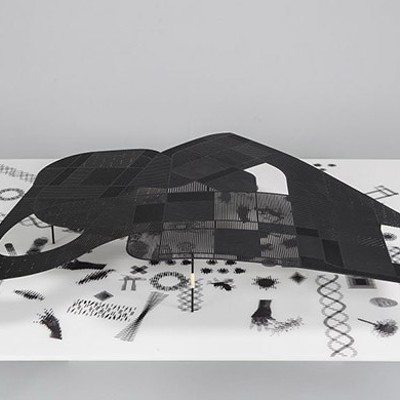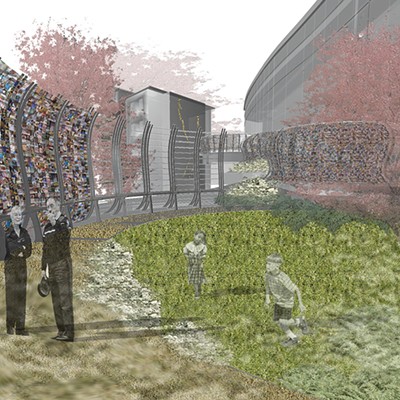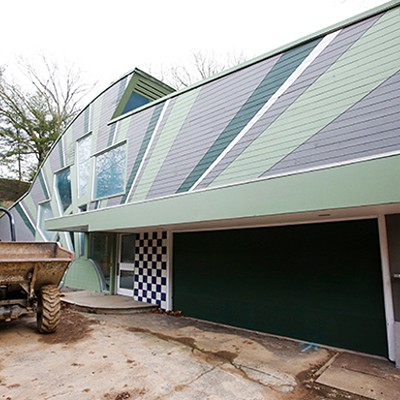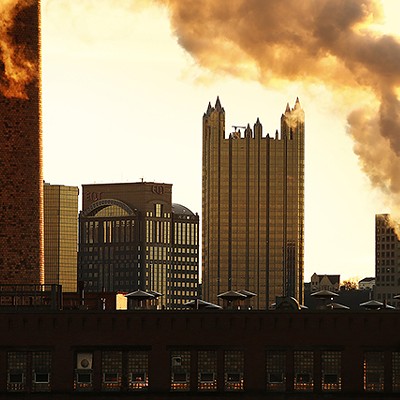Nothing revs Pittsburgh up quite like the Pittsburgh Vintage Grand Prix. The 11 days of car shows, receptions and qualifying runs, culminating in the endearingly noisy races through Schenley Park, all benefit the city in various ways. The events have raised millions of dollars for the Autism Society of Pittsburgh and the Allegheny Valley Schools over the years. They attract more than 100,000 spectators annually and promote our reputation nationally as a picturesque and historic place to visit, thanks largely to beautiful Schenley Park. All for the love of four wheels and an engine.
But wait a minute. How can this be true? Aren't cars supposed to be bad for cities and the environment? Don't they foment construction of sprawl-inducing, city-destroying highways? Don't they foul the air and bake the planet with noxious greenhouse gases?
Well, yes, actually. The collective effect of automobiles in a society that favors them over all other forms of transportation is urbanistically and environmentally devastating. Cars have given us the moral and aesthetic asphalt blight of Monroeville and the rest of strip-mall nation ... as well as, alarmingly, much of the environmental degradation that leads both to Hurricane Katrina and our own local flash floods.
And yet, such is the evocative power of a sculptural, powerful historic vehicle like, say, a 1962 Jaguar XK-E (Jaguar is this year's featured marque), that you could walk directly out of An Inconvenient Truth, Al Gore's alarming film on global warming, step right up to the Jag and still say, "Ooh, I want one of those." (Gore himself spends part of the film in a pretty swanky Mercedes.)
Are we all a bunch of hypocrites, preaching sacrifice for everyone except ourselves? I would argue no. The Pittsburgh Vintage Grand Prix and its classic cars actually provide a number of lessons for how cars and their use could be re-implemented to be gentler on the city and the planet.
First of all, notice how many streets get blocked off for these events. Shows on Walnut Street and Craig Street leading up to the races actually close those blocks to regular traffic, making for fewer cars, not more. Likewise, for the qualifying rounds, the car shows, and the races on July 15 and 16, so much of Schenley Park and adjoining Squirrel Hill are closed that it is best to walk and take the special shuttle buses. Did you catch that? To really appreciate the cars, you need to take public transportation.
Then there are the vehicles themselves. Granted, improvements in safety and emissions controls have been remarkable over the past decades. But notice how small and light many of these cars are. I like the new Mini well enough, but go look at an old Mini when you get a chance. The new ones are overweight and wasteful by comparison. And just try to find the cupholders in an old-school VW Beetle. In the racers, such niceties as four-wheel-drive, air conditioning and power windows are nonexistent. Even in the classics displayed on the grass, such features are luxurious rarities.
And how do the old cars drive? Yes, the races are flat-out. But notice that during these Vintage Grand Prix days you frequently see many old classics driving in the streets, invariably very slowly. What about the old couple toodling along in the 1948 MG-TC? They're only going about 25. But you don't tailgate, honk or gesture wildly. You slow down, smile, and admire the beautiful car and the diligence it must take to maintain such a classic. It beats road rage any old day.
The auto industry lives on the lie that each person individually can answer his or her personal call to the open road, planet be damned. That myth is essentially dead. It certainly is dead on the Parkways at 4:45 in the afternoon. And yet cars are such incredible repositories of history and artistry that it would be a shame (culturally but not environmentally) to eradicate them altogether.
Still, the less-than-obvious lesson of the Pittsburgh Vintage Grand Prix is that for cars to be special, they ought to be fewer in number, as well as smaller and lighter. And this need not be a sacrifice. It can actually be a festival.


















